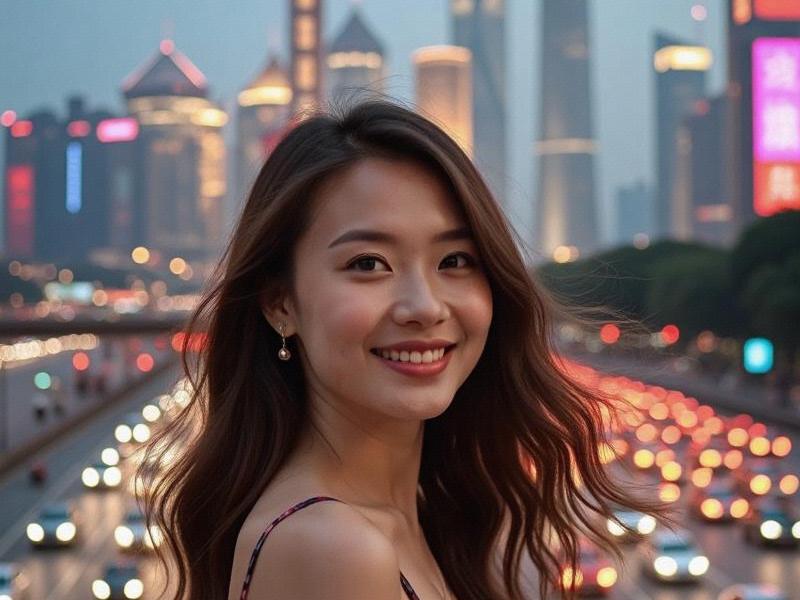This in-depth 2025 feature explores Shanghai's transformation from financial center to Asia's fastest-growing cultural hub, examining how art districts, museum expansions, and creative industries are reshaping the city's identity.

Shanghai's Creative Awakening: How China's Economic Hub Became Asia's New Culture Capital
The Cultural Infrastructure Boom
Walking through Shanghai's West Bund district today reveals a stunning metamorphosis. Where abandoned industrial factories once stood along the Huangpu River, now stretches a 3.5-kilometer "Culture Corridor" housing:
1. The expanded Long Museum (2023): Showcasing China's largest collection of contemporary Asian art
2. Tank Shanghai (2024): Five repurposed oil tanks hosting avant-garde installations
3. The DreamWorks Creative Campus (2025): Animation studios paired with public workshops
"This concentration of cultural infrastructure is unprecedented," says Dr. Li Wen of Fudan University's Cultural Studies Department. "Shanghai has added more museum space in three years than Paris did in a decade."
The Creative Economy Surge
Behind the physical transformation lies an economic revolution:
爱上海同城419 - Art Market Growth: Shanghai's annual art transactions reached ¥18.7 billion in 2024
- Creative Employment: 12% of Shanghai workers now in cultural industries
- Nighttime Economy: Cultural venues generate 38% of after-dark spending
The M50 Art District exemplifies this shift. Once a struggling textile mill, it now houses:
- 152 galleries
- 80 designer studios
- 12 performance spaces
"The energy here rivals New York's Chelsea in the 1990s," remarks gallery owner Marco Moretti.
Government-Enterprise Synergy
Shanghai's cultural boom stems from innovative public-private partnerships:
1. Tax Incentives: 30% deductions for cultural enterprises
上海私人品茶 2. Talent Programs: Visa fast-tracks for international artists
3. Space Repurposing: 87 industrial sites converted to creative hubs
"Unlike Beijing's top-down approach, Shanghai has created an ecosystem," notes urban planner Zhang Yue. "The government sets the stage, then lets creativity flourish."
Cultural Fusion and Innovation
Shanghai's unique position generates remarkable hybrid forms:
- Digital Art Pioneers: TeamLab's Shanghai outpost merges Song Dynasty aesthetics with VR
- Fashion Revolution: Shanghainese designers reinterpret qipao with 3D printing
- Culinary Arts: Michelin-starred chefs deconstruct xiaolongbao into molecular gastronomy
Challenges and Criticisms
上海娱乐联盟 The rapid growth brings growing pains:
1. Gentrification: Artists priced out of regenerated districts
2. Censorship Debates: Balancing creative freedom with cultural guidelines
3. Quality Control: Concerns about "instant museums" with weak collections
The Road Ahead
Looking toward 2030, several developments promise to deepen Shanghai's cultural impact:
- Grand Opera House: Set to open 2026 as Asia's largest performing arts center
- AI-Curation: Experimental museums using machine learning to design exhibitions
- Creative Tourism: Package experiences connecting studios, galleries and workshops
As British curator Sarah Thompson observes: "Shanghai has achieved what London and New York took generations to build - a truly global cultural capital that remains distinctly Chinese. The world is watching how this experiment unfolds."
From its concession-era cosmopolitan roots to its current creative explosion, Shanghai's cultural renaissance marks a new chapter in China's soft power strategy - proving that economic might and artistic vitality can grow hand in hand.